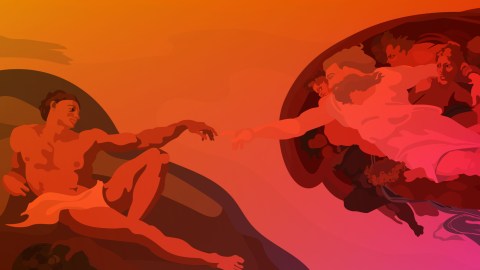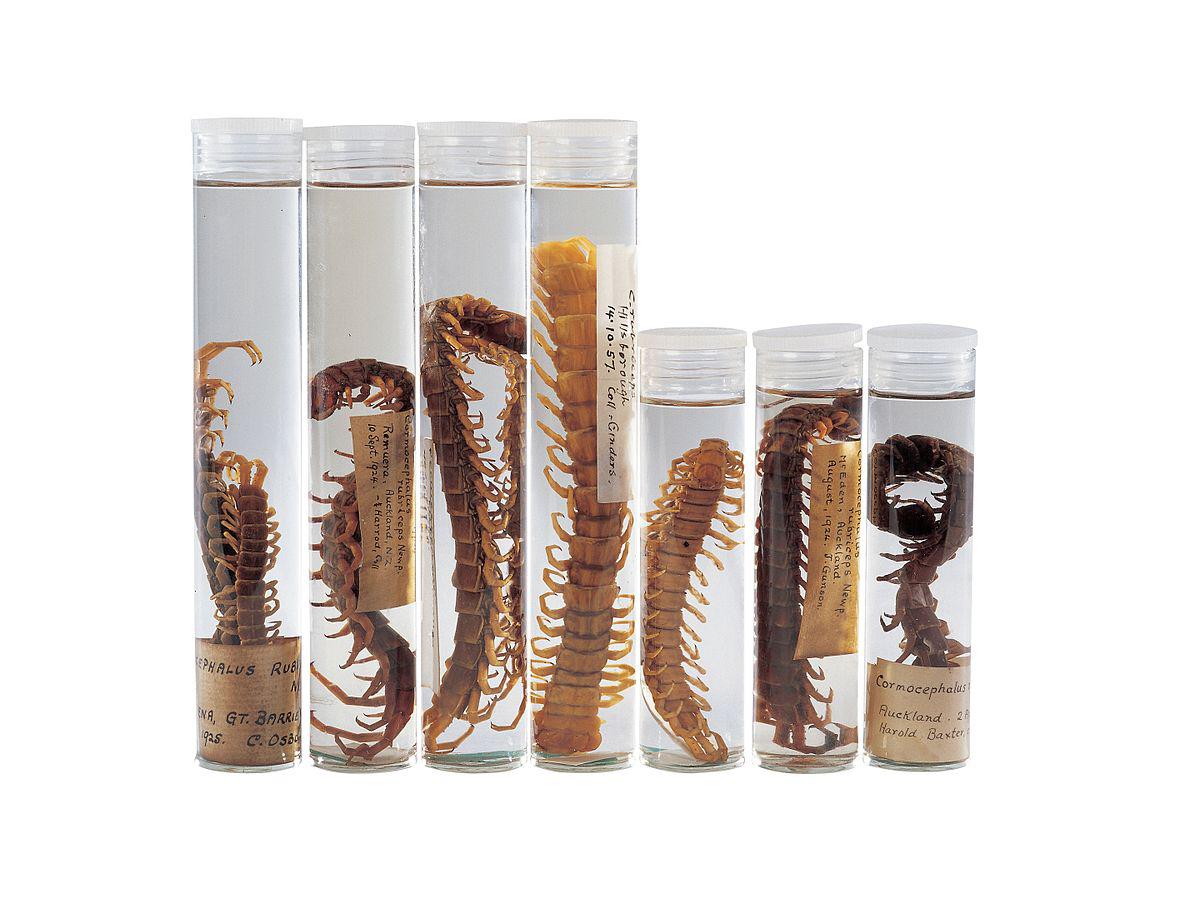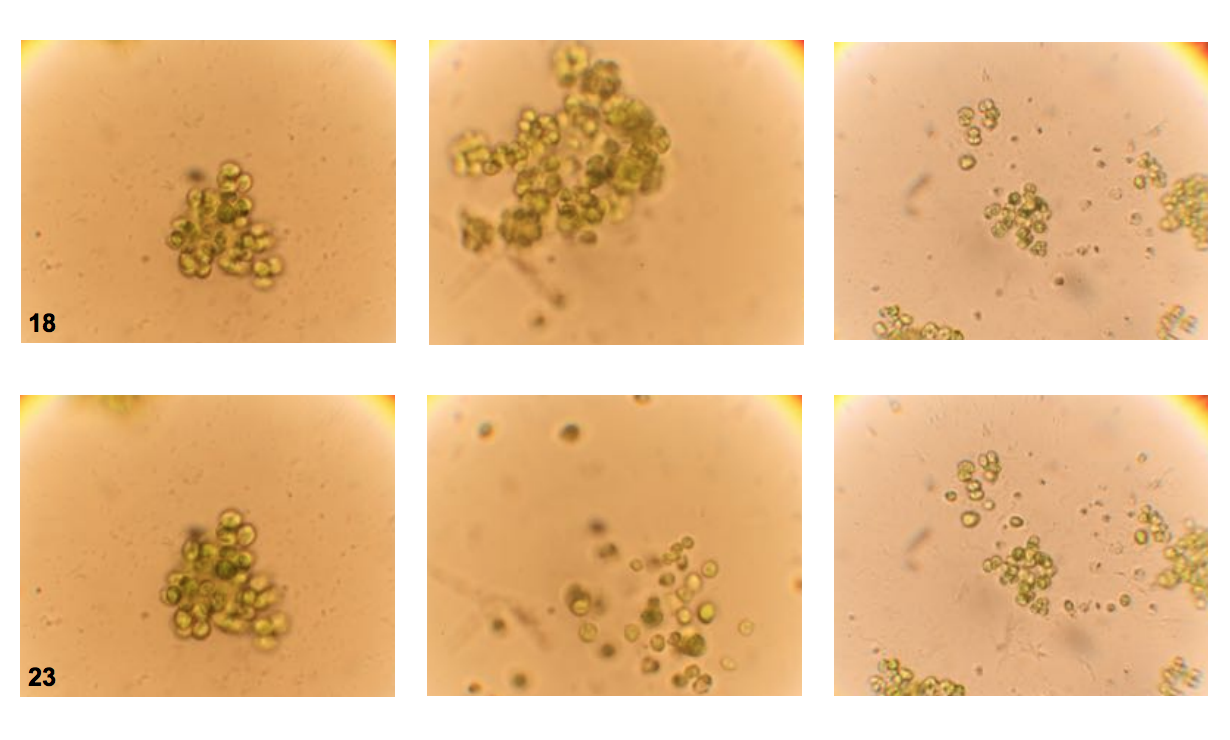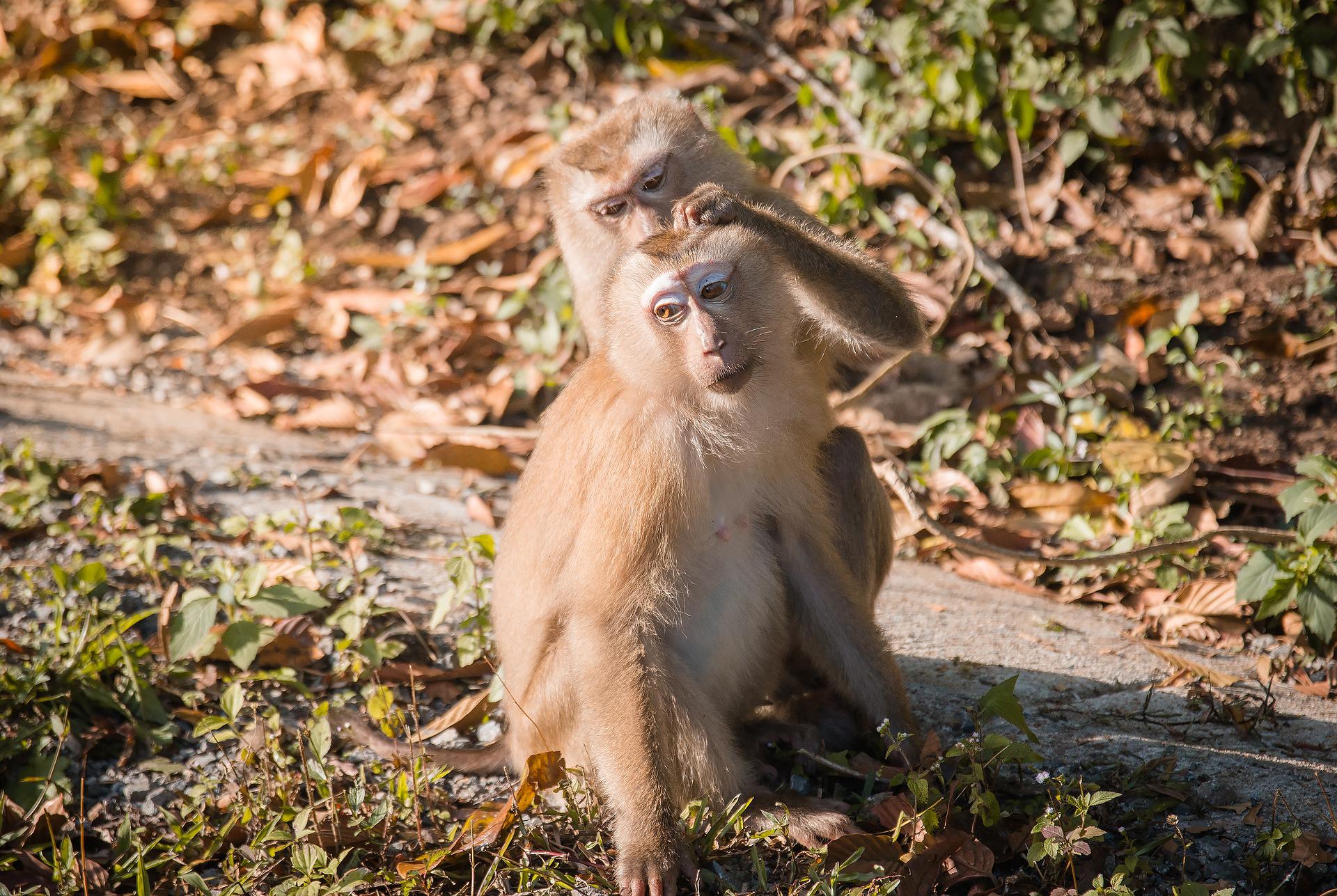How did life begin? (part 1)

What is life? Where did it come from? Is it all part of a divine master plan, or was it a spectacular chemical “accident”? Are we alone in the universe? If not, will life elsewhere be similar to that on Earth or completely different? And if different, then how can we detect or recognize it?
These are questions that humankind has pondered for a long time. Even more so with the recent discovery of Earth-like planets outside of our own solar system. Excitement about the possibility of finding life elsewhere is growing on an almost daily basis.
Yet most of these fundamental questions, which touch directly on the meaning and origins of our own existence, are still not fully answered or understood.
According to the Bible, God created all life on Earth. In a week-long act of creation, he brought forth the plants and trees on the third day, the fish in the sea and the birds in the sky on the fifth day, and all the land animals, including humans, on the sixth day. Few people still take this story literally, but for many centuries in the Western world, this creation story was the unquestionable answer to the origin of life.
Even among early philosophers, questions about the origin of life rarely ventured beyond the supernatural. But in time, science began to consider other possibilities—starting with the ancient Egyptians, who observed frogs emerging from the mud after the annual flooding of the Nile River. This led to the belief in spontaneous generation—the notion that life emerges spontaneously from non-living matter. It was the Greek philosopher Aristotle who first theorized about it more systematically in his writings.
This notion of spontaneous generation was described by the 17th century Flemish chemist and physician Jean-Baptiste van Helmont, who wrote:
If you press a piece of underwear soiled with sweat, together with some wheat in an open-mouthed jar, after about 21 days the odor changes and the ferment coming out of the underwear and penetrating through the husks of the wheat, changes the wheat into mice.
OK, so he was way wrong (mice had obviously crawled into the jar). But Van Helmont was a well-respected and innovative scientist of his time, often considered to be the founder of pneumatic chemistry (the chemistry of gases; he even coined the word “gas”). Yet he still embraced Aristotle’s notion of spontaneous generation.
The concept of spontaneous generation did not go entirely unchallenged. One of the first and most pronounced critics was the 17th century Italian naturalist and poet Francesco Redi. Considered the founder of experimental biology, Redi performed careful experiments to show that maggots do not emerge spontaneously from rotting meat, but instead come from the eggs of flies. Hence his conclusion that all life comes from an egg. There was one small problem with this, though. Nobody had actually seen the egg of a fly.
During the latter half of the 17th century, Dutch cloth manufacturer and merchant Antonie van Leeuwenhoek significantly improved the quality of lenses that were available then. He originally used these to check the fine thread in his cloth. However, also having an interest in the natural sciences, he used his improved lenses to observe small animals like flies and fleas. In fact, his lenses were good enough to see the eggs of such organisms.
Even more, van Leeuwenhoek discovered the existence of single-celled organisms, or microbes. He wrote many letters to the Royal Society in London describing these otherworldly “animalcules,” as he originally called them. To this day, Van Leeuwenhoek is remembered as the father of microbiology for his discoveries and observations.
Eggs out of nowhere?
But the issue of spontaneous generation remained alive and well. Van Leeuwenhoek’s microbes did not appear to be laying eggs. In fact, they seemed to come out of nowhere. Could it perhaps be that only microbes emerge spontaneously from non-living matter?
The conundrum remained unresolved for another two centuries. But finally, in 1862, the French scientist Louis Pasteur won a prize from the French Academy of Sciences for definitively putting to rest the idea of spontaneous generation. He did this with a series of simple but clever experiments.
Some of the original sealed flasks (back row) Pasteur used to disprove spontaneous generation, on display at the Ecole Normale Superieure in Paris. Photo: WIM HORDIJK
Pasteur filled several flasks with a sterile broth. Some of these flasks he sealed off, others he left open, and on still others he put a swan-neck so that only air could enter, but dust particles would settle at the bottom of the curved neck. In the flasks that were left open, microbes would appear in the broth within days. But in the other flasks they would only appear after breaking the neck of the flasks. This showed that (new) microbes can only appear in the broth when other (living) microbes can access it via dust particles floating in the air. Pasteur thus concluded that all life comes from life, including microbes.
Around the same time, in 1859, the English naturalist Charles Darwin published his book On the Origin of Species, introducing his theory of evolution by natural selection. One of the ideas that Darwin put forward is that of evolution as a branching process. The notion of evolution—i.e., species changing over time—was already quite well accepted among biologists in Darwin’s time. But most of these scientists thought of evolution as happening within individual and independent lineages of species. In other words, horses may evolve, but they remain horses. And the same for rabbits, or any other existing species.
What Darwin proposed instead, was the idea of speciation events: one lineage of species giving rise to two new and independently evolving lineages, which could then each speciate again, and so on. The Galápagos finches he had studied became a famous example of such speciation. This would then give rise to a tree-like structure, rather than independent lineages.
Darwin sketched his idea in one of his notebooks:
Darwin’s first sketch of a “tree of life” in 1837. Photo: CAMBRIDGE UNIVERSITY LIBRARY.
Such a “tree of life” implies that closely related species (such as humans and chimpanzees) have a common ancestor from which they both evolved. Similarly, whole groups of species (such as all mammals) also have a common ancestor, sometime further in the past. And, taking the implication all the way, all of life must thus have one (or at most a few) common ancestor(s). This is represented by the point labeled “1″ in Darwin’s sketch.
So, given that all life comes from life (Pasteur) and that all life has a common ancestor (Darwin), the question remained where this very first common ancestor came from.
Finally the origin of life had become a real scientific problem.
Darwin himself wrote surprisingly little about the origin of life. But his thoughts on this problem were expressed very clearly in a letter to his friend and colleague Joseph Hooker:
It is often said that all the conditions for the first production of a living organism are now present, which could ever have been present. But if (& oh what a big if) we could conceive in some warm little pond with all sorts of ammonia & phosphoric salts, light, heat, electricity &c present, that a protein compound was chemically formed, ready to undergo still more complex changes, at the present day such matter would be instantly devoured, or absorbed, which would not have been the case before living creatures were formed.
This certainly set the stage for real scientific research into the origin of life. But it wouldn’t be until the next century before the problem could be addressed more seriously, especially experimentally.
The post How Did Life Begin? (Part 1) appeared first on ORBITER.





